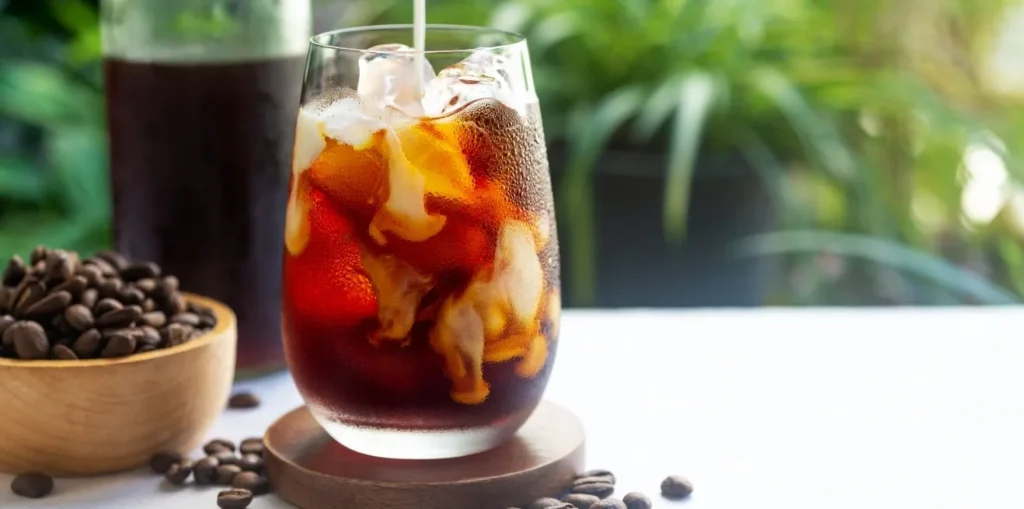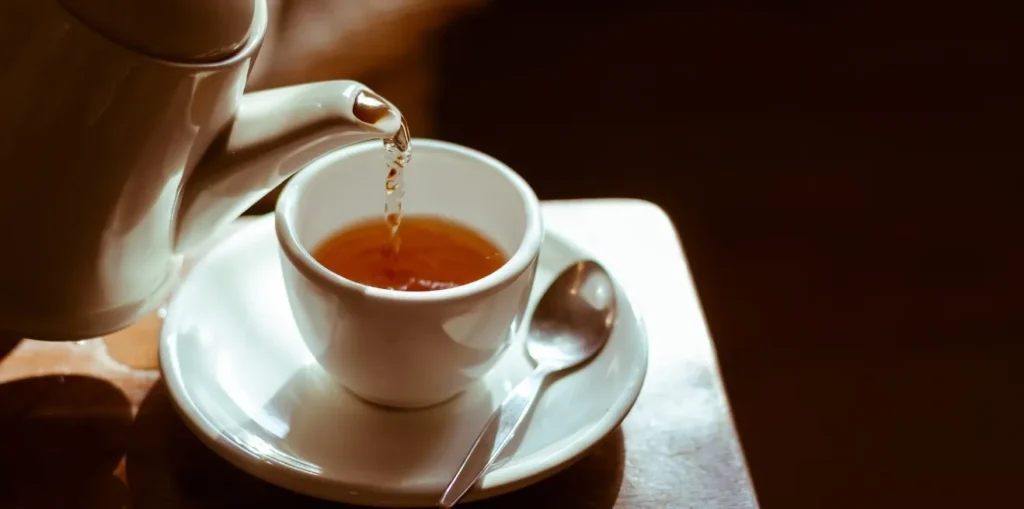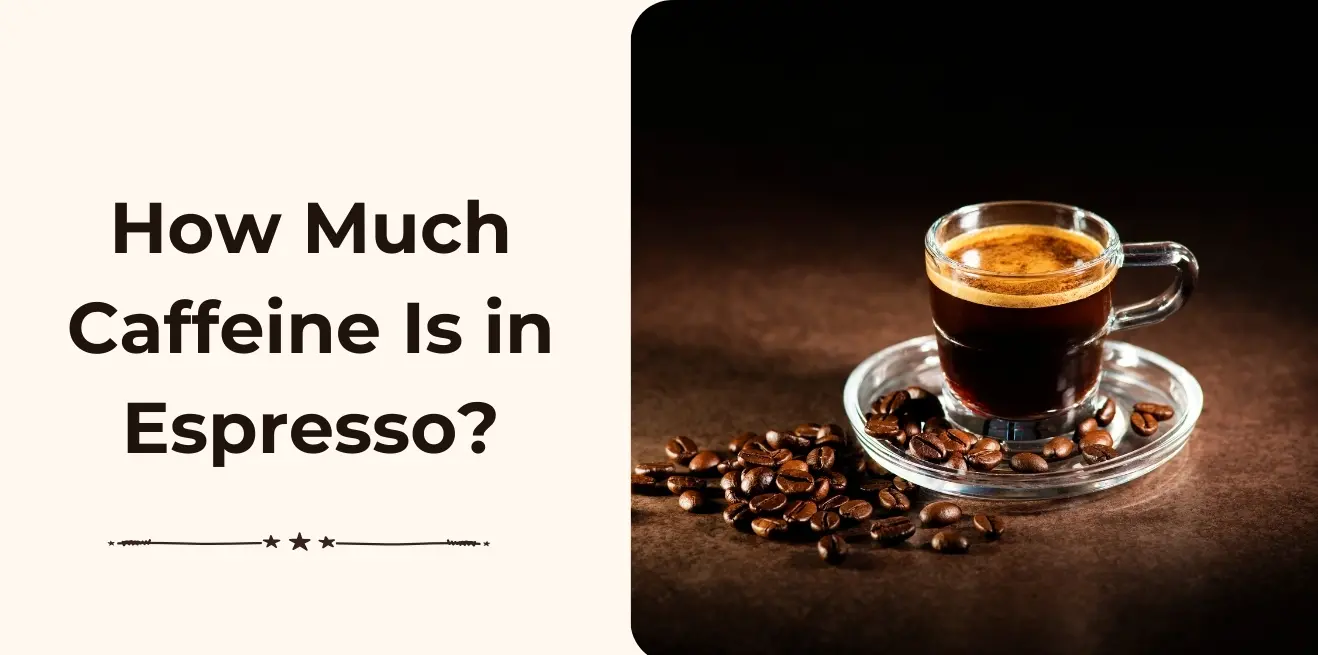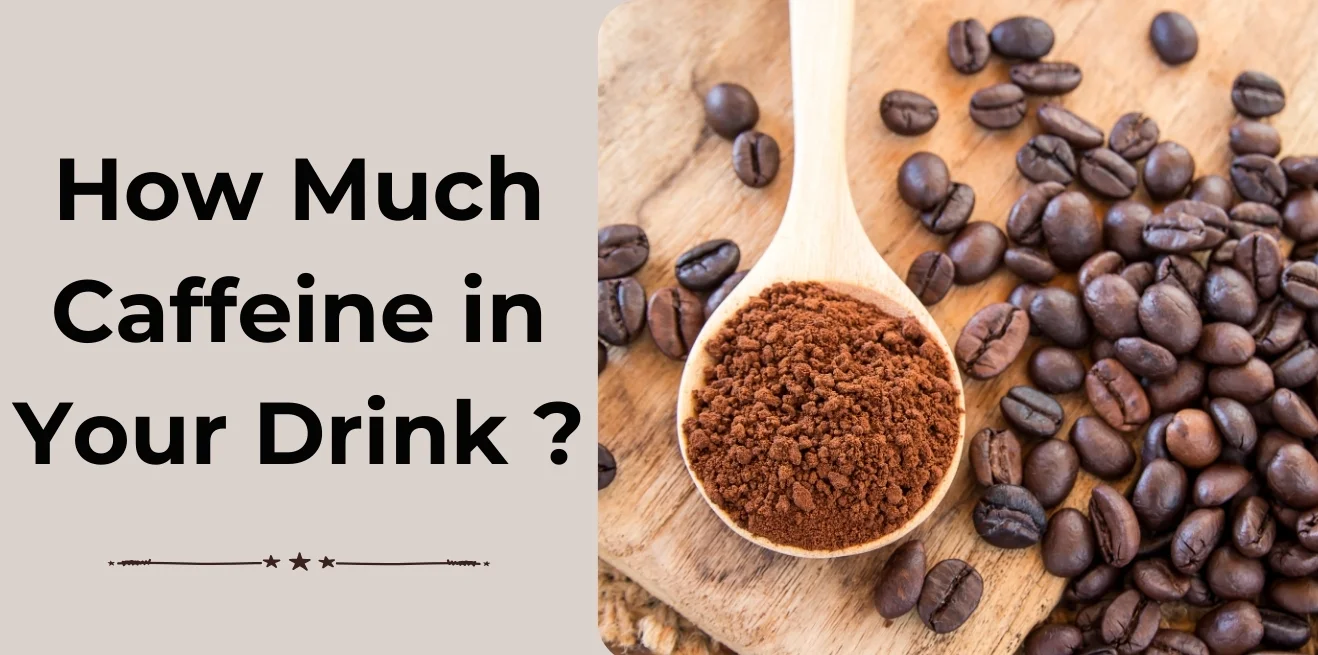Comparing Cold Brew vs Hot Brew Caffeine Matters
Coffee lovers often wonder which type of coffee packs contains more energy — cold brew vs hot brew. Cold brew is smooth, trendy, and served chilled, while hot brew is classic, bold, and ready in minutes. But when it comes to caffeine, the answer isn’t always clear.
Some people choose coffee for flavor, others for energy. If you’re trying to stay alert during a busy day or avoid overdoing it before bed, knowing how much caffeine you’re drinking really matters.
In this article, we’ll compare cold brew and hot brew to see which one has more caffeine, what affects their strength, and how to choose the right one for your body and lifestyle.
Many coffee drinkers believe cold brew is weaker than hot coffee because of its smooth taste. But that’s not always true. In some cases, cold brew can actually have more caffeine.
Caffeine Sensitivity Is a Real Concern
Some people are more sensitive to caffeine than others. Even one strong cup of coffee can cause:
- Trouble sleeping
- Shaky hands
- A fast heartbeat
- Anxiety or restlessness
Knowing which brew has more caffeine helps these people avoid side effects and choose the coffee that fits their needs.
Cold Brew Is Trendy—But Is It Stronger?
Cold brew is everywhere now. It’s cool, refreshing, and less bitter, which makes it popular. But many people don’t realize that it might pack more caffeine than hot coffee.
Caffeine Affects More Than Just Energy
Understanding the caffeine content in your coffee helps with:
- Managing your energy levels
- Staying focused and productive
- Avoiding crashes later in the day
- Protecting your sleep at night
By comparing cold brew and hot brew, you can make smarter choices about what you drink and when.
Which Brew Has More Caffeine?
✅ Cold brew can have more caffeine — especially if it’s in concentrate form.
But the real answer isn’t that simple. The caffeine level depends on several factors, including:
- The coffee-to-water ratio
- The serving size
- The brew time
So, there’s no clear “yes” or “no.” It all depends on how the cold or hot coffee is made and how much you drink.
How Much Caffeine Is in Cold Brew?

Caffeine in cold brew varies a lot because of how it’s brewed. Longer steeping times and coarser coffee grounds can change the strength. Here’s a closer look at different types of cold brew:
Cold Brew Concentrate (Undiluted)
150–250+ mg per 8–12 oz
This is the strongest version. It’s made to be mixed with water or milk before drinking. If you drink it straight, it can have a lot of caffeine.
Ready-to-Drink Bottled Cold Brew
100–200 mg per 12 oz
Bottled cold brew from stores is usually diluted and ready to drink. The caffeine level is still high, but it’s more controlled than concentrate.
Homemade Cold Brew
Around 150–200 mg per serving
When people make cold brew at home, they often use strong coffee ratios. Depending on how much water is added, the caffeine can vary.
Starbucks Cold Brew
205 mg per 16 oz (Grande)
Starbucks cold brew is one of the most popular options. A medium (Grande) size has about 205 mg of caffeine, which is higher than most regular hot coffees.
How Much Caffeine Is in Hot Brew Coffee?

Caffeine levels in hot coffee can vary depending on the method used. Here’s a look at common types:
Drip Coffee (8 oz)
Around 95 mg of caffeine
This is the most common home or office coffee. It has a moderate amount of caffeine.
French Press
Around 80–100 mg per cup
French press coffee can be slightly stronger, depending on how long you let it steep.
Pour Over
Around 90–110 mg per cup
This method gives a clean taste and a steady caffeine level, similar to drip coffee.
Espresso (for reference)
Around 63 mg per 1 oz shot
Espresso is small but strong. Even though the serving is tiny, it’s highly concentrated.
Hot brewing uses boiling water, which extracts caffeine quickly. But since the brew time is short, the final amount depends on how much coffee is used.
What Affects Caffeine in Cold vs Hot Brew?
Several factors change how much caffeine ends up in your cup, whether it’s cold or hot.
Coffee-to-Water Ratio
Cold brew often uses 2 to 3 times more coffee than hot brew. That’s why it can end up stronger, especially if it’s not diluted.
Brewing Time
- Cold Brew: Steeps for 12 to 24 hours in cold water
- Hot Brew: Takes only 2 to 6 minutes with hot water
Longer steeping in cold brew helps pull out more caffeine over time.
Bean Type and Grind
- Robusta beans have more caffeine than Arabica beans
- Fine grind (used in hot brew) extracts caffeine faster
- Coarse grind (used in cold brew) extracts caffeine slowly but steadily over many hours
Serving Size
Cold brew servings are usually larger than a shot of espresso or a small drip coffee. Bigger cups can mean more caffeine, even if the brew isn’t as strong per ounce.
Caffeine Comparison Chart: Cold Brew vs Hot Brew
This chart shows the average caffeine content for different coffee types and serving sizes. It helps you see how cold brew and hot brew stack up side by side.
| Type | Serving Size | Average Caffeine |
|---|---|---|
| Cold Brew (Concentrate) | 8 oz | 200–250 mg |
| Ready-to-Drink Cold Brew | 12 oz | 150–200 mg |
| Drip Coffee | 8 oz | 95 mg |
| French Press | 8 oz | 100 mg |
| Pour Over | 8 oz | 90–110 mg |
| Espresso | 1 oz | 63 mg |
🔍 Note: Cold brew often comes in larger servings and can be much stronger if it’s undiluted. Hot coffee usually has a more moderate caffeine level per cup.
Is Cold Brew Really “Stronger”?
Yes — cold brew is often stronger than hot coffee.
- By volume: Cold brew usually has more caffeine per full cup.
- By ounce: Even a small amount of cold brew concentrate can be stronger than the same amount of hot coffee.
But here’s the catch: many people dilute cold brew with ice, water, or milk. This makes it taste lighter — but the caffeine is still there. Because it feels smoother and less bitter, people often drink more without realizing how strong it is.
Result: Cold brew can lead to accidental overconsumption. You might feel jittery or have trouble sleeping if you’re not careful with how much you drink.
Cold Brew vs Hot Brew: Health and Energy Effects
Both types of coffee have their benefits. It depends on your taste, your body, and your goals for the day.
Cold Brew
- Smoother and less acidic — easier on sensitive stomachs
- Longer-lasting caffeine effect — energy spreads out over time
- Gentler on digestion — good for people with acid reflux or stomach issues
Hot Brew
- Higher in antioxidants — hot water pulls out more healthy compounds
- Faster energy boost — caffeine hits quicker
- More flavor complexity — hot brewing brings out rich and varied tastes
Both cold and hot brew have pros and cons. Your best choice depends on what you need: quick energy or a smoother, longer-lasting lift.
Which Brew Is Better for You?
The better choice depends on your needs, your body, and your daily routine. Here’s a quick guide:
- For high caffeine: Go with cold brew, especially the concentrate.
- For a fast energy boost: Espresso or drip coffee works best.
- For sensitive stomachs: Cold brew is smoother and less acidic.
- For flavor and ritual: Hot brew gives a richer taste and a classic coffee experience.
You can Also Read: Best Time to Drink Coffee for Focus or Sleep
Tips to Manage Caffeine with Cold and Hot Brew
To stay in control of your caffeine, try these easy tips:
✅ Check Serving Sizes
A “medium” cold brew can have more caffeine than a large drip coffee. Always check how much you’re really drinking.
✅ Dilute Cold Brew if Needed
If you’re using concentrate, mix it with water or milk before drinking. It still tastes good and helps lower the caffeine.
✅ Watch Out for Bottled Cold Brews
Ready-to-drink cold brew bottles often contain high caffeine — sometimes more than 200 mg. Read the label before sipping.
✅ Track Your Total Caffeine
If you drink more than one type (like a cold brew in the morning and espresso in the afternoon), keep track. The total adds up fast, especially if you’re sensitive.
Conclusion: Which Brew Wins the Caffeine Battle?
✅ Cold brew usually has more caffeine, especially when it’s in concentrate form. But that doesn’t mean it’s always the strongest — it depends on how it’s made and how much you drink.
Hot brew gives you faster energy because the caffeine hits your system more quickly.
In the end, the best brew for you depends on your goal:
- Want a smooth, long-lasting sip? Go for cold brew.
- Need a sharp, quick jolt? Hot brew or espresso is a better pick.
Just remember: Know what you’re drinking, how it’s brewed, and how much caffeine you’re getting. That way, you can enjoy your coffee and feel your best — without surprises.
FAQs About Cold Brew vs Hot Brew Caffeine
Q1: Is cold brew stronger than espresso?
Yes — by volume. A full cup of cold brew usually has more caffeine than a single shot of espresso. But espresso is more concentrated in a smaller amount.
Q2: Does cold brew keep you awake longer?
Yes, it can. Cold brew releases caffeine more slowly, which may give you longer-lasting energy without a crash. But it depends on your body and how much you drink.
Q3: Is iced coffee the same as cold brew?
No. Iced coffee is just hot coffee that’s cooled down and poured over ice. Cold brew is made by steeping coffee grounds in cold water for many hours. Cold brew is usually stronger and less acidic.
Q4: Can you heat cold brew?
Yes. You can warm up cold brew if you prefer hot coffee. Just don’t boil it — heat it gently. It will still taste smoother than regular hot brew.
Q5: Which is more acidic — cold brew or hot brew?
Hot brew is more acidic. Cold brew is made with cold water, which pulls out fewer acidic compounds. That’s why it tastes smoother and is easier on the stomach.





